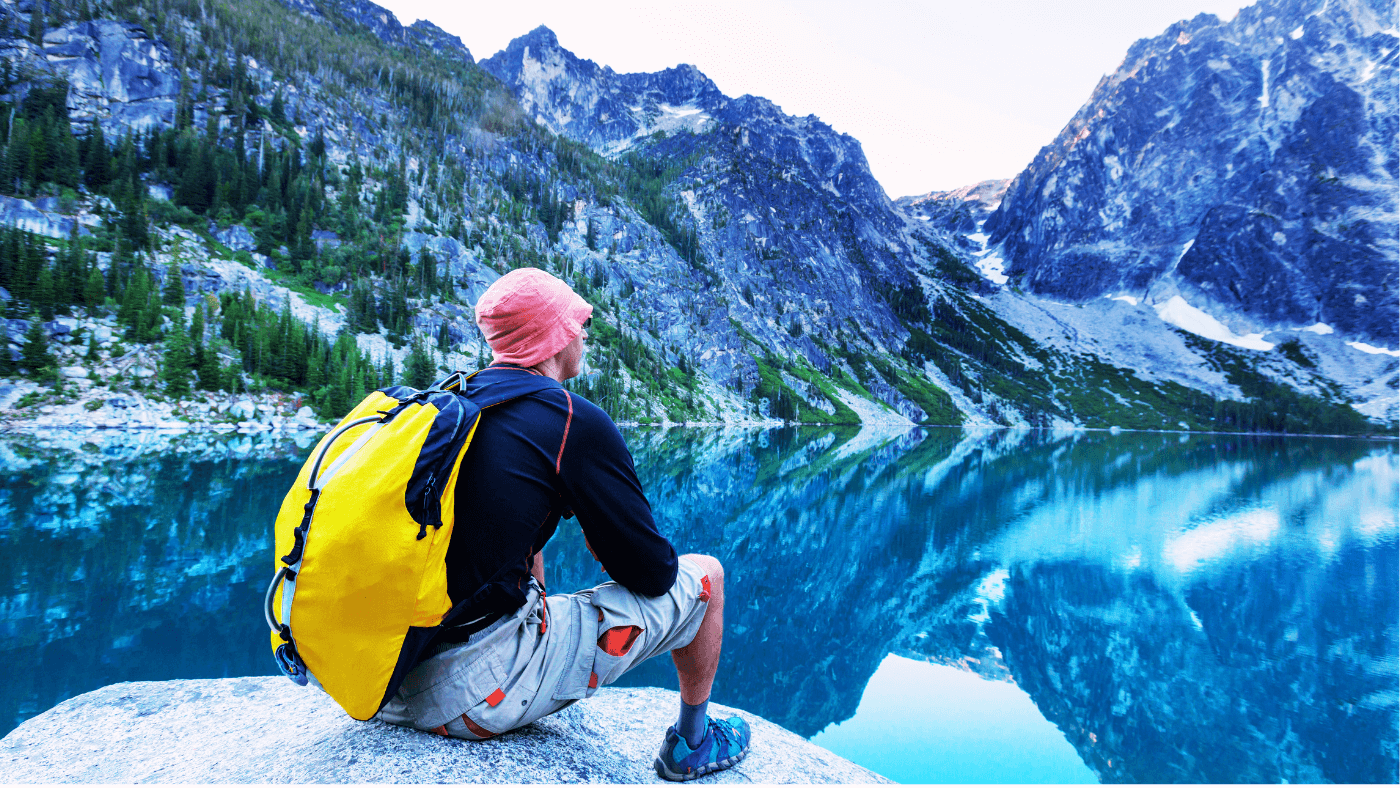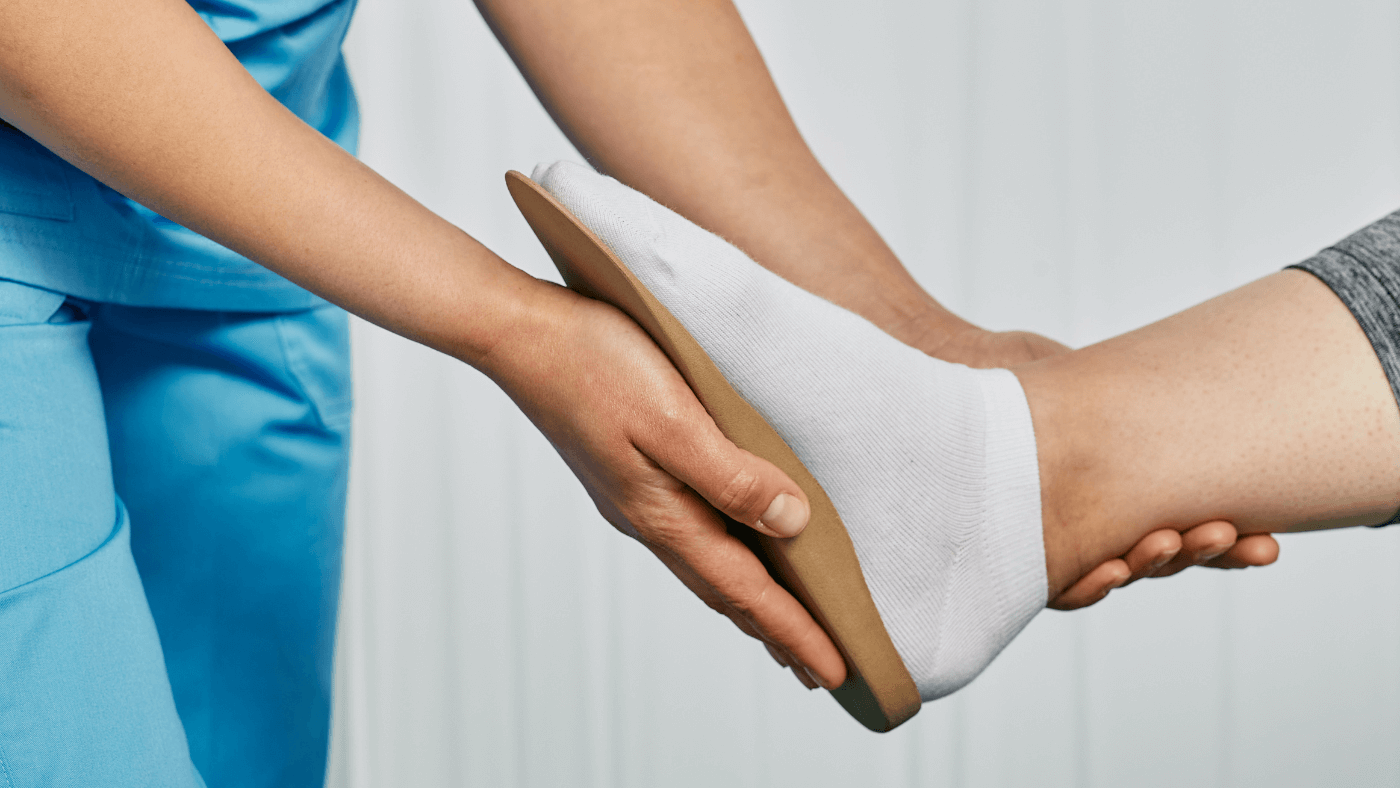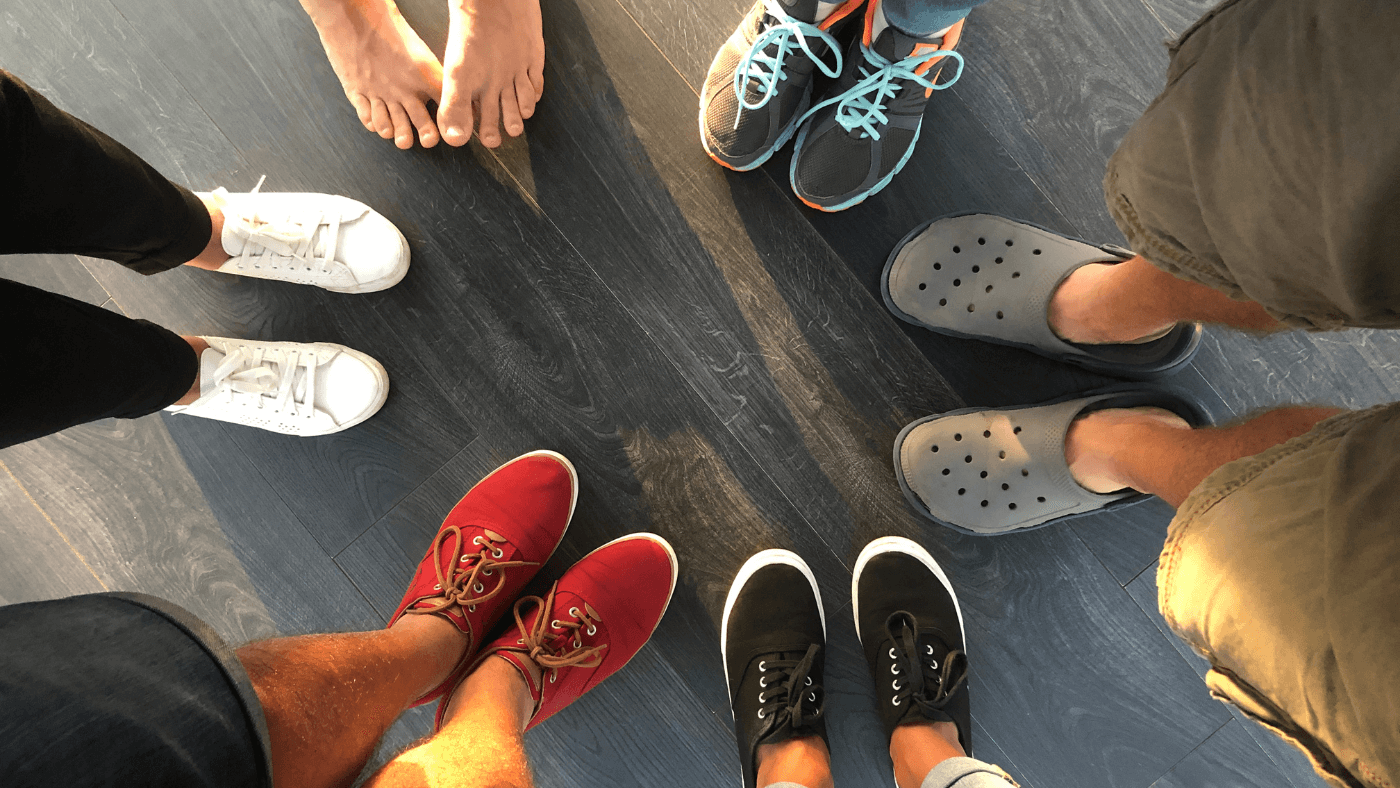I. Introduction to Barefoot Shoes
Barefoot shoes have taken the footwear world by storm, promising a more natural way to walk, run, and live. Unlike traditional shoes, which often feature thick soles and excessive cushioning, minimalist footwear is designed to mimic the experience of walking barefoot. They come with minimalistic soles, allowing your feet to move freely and engage all the muscles naturally.
These shoes aim to enhance your walking or running form by allowing your feet to function as they were anatomically designed. The idea is based on the principle that our feet are better off without the restrictive, often arch-supporting designs of conventional footwear. Advocates argue that this can lead to improved foot strength, better posture, and even reduced injury risk.
The design of minimalist shoes is usually lightweight and flexible, which provides greater ground feel. This heightened sensory feedback can improve balance and coordination, making each step more efficient. Brands like Vibram FiveFingers and Vivobarefoot have been leading the charge, offering various styles from athletic to casual.
While the concept sounds promising, it’s essential to understand the nuances involved to determine if these shoes are for you. They require a transition period to avoid injuries as your feet adapt to the new experience. For those intrigued by the potential benefits, minimalist shoes offer an innovative way to reconnect with how your body naturally moves.
II. Benefits of Minimalist Shoes
Vibrant Trek - Sportliche Wander- und Wasserschuhe für Unisex

$65 USD
Vibrant Trek - Sportliche Wander- und Wasserschuhe für Unisex Machen Sie Ihre Outdoor-Abenteuer mit Vibrant Trek noch spannender – dem dynamischen All-in-One-Schuh, der so vielseitig ist wie Ihre Abenteuer. Egal, ob Sie durch Gebirgsbäche stapfen oder auf Waldwegen joggen, diese… read more
Another key benefit is the strengthening of foot muscles. Traditional shoes can weaken foot muscles over time because they provide too much support. Minimalist shoes, on the other hand, encourage your feet to work harder, which can lead to stronger muscles and better overall foot health.
These shoes can also result in improved posture. By allowing your feet to function naturally, they can help align your entire body more effectively. This can reduce strain on your knees, hips, and back, potentially alleviating pain associated with poor posture.
Additionally, many minimalist shoes often have a zero-drop design, meaning there's no height difference between the heel and toe. This encourages a more natural walking and running gait, which can reduce the risk of injuries like shin splints and plantar fasciitis.
Finally, minimalist shoes are generally more lightweight and flexible, making them more comfortable for everyday wear. They often come in a variety of styles, from casual sneakers to more formal options, so you can enjoy their benefits without compromising on look.
In summary, minimalist shoes offer numerous advantages including improved movement, stronger muscles, better posture, injury prevention, and overall comfort, making them a compelling choice for many.
III. Expert Opinions and Scientific Studies
Minimalist shoes have sparked considerable interest in both the fitness community and among health professionals. Experts in biomechanics and podiatry offer diverse perspectives on their potential benefits.
One leading voice in the field, Dr. Irene Davis from Harvard Medical School, advocates for these shoes. Her research suggests that they can promote a more natural gait, which may reduce the risk of certain injuries. According to Dr. Davis, walking and running in minimalist shoes encourages forefoot striking, which can lessen the load on the joints compared to heel striking—common in conventional footwear.
Moreover, studies published in journals such as the British Journal of Sports Medicine have echoed these findings. One study found that runners who transitioned to minimalist shoes experienced lower rates of knee and hip injuries. These benefits are attributed to improved proprioception, allowing wearers to better sense the ground and adjust their movements accordingly.
Podiatrists, however, urge caution. Dr. Colleen Schwartz, a renowned podiatrist, warns that switching to minimalist shoes requires a gradual transition. Abrupt changes can lead to increased stress on the Achilles tendon and the plantar fascia, leading to potential injuries.
Interestingly, another study highlighted in the Journal of Foot and Ankle Research revealed mixed results. While some participants showed improved balance and foot strength, others reported discomfort and needed time to adapt to the new footwear.
In summary, scientific studies and expert opinions present a balanced view. While minimalist shoes offer notable benefits, they also require a careful transition to avoid potential drawbacks.
IV. Personal Experiences and Testimonials
Personal experiences and testimonials often provide valuable insights that scientific studies might miss. Many minimalist shoe enthusiasts rave about the heightened sense of connection they feel with the ground. This feedback isn’t just about comfort; it's about feeling more in tune with their body and environment. Runners, in particular, report improved balance, better posture, and reduced instances of injuries such as shin splints and plantar fasciitis after switching to these shoes.
Carla, a marathon runner, says, “Switching to minimalist shoes transformed my training. My stride feels more natural, and I’ve seen a noticeable decrease in joint pain.” Another user, John, who spends long hours standing at work, shares, “Minimalist shoes have alleviated my back pain significantly. I feel more grounded and less fatigued by the end of the day.”
Parents also highlight positive changes in their children’s walking patterns when using minimalist shoes, stressing that their kids develop stronger, healthier feet. Fitness enthusiasts appreciate the increased muscle activation they experience during workouts, attributing it to the shoes’ design that encourages natural movement.
However, testimonials also reveal a learning curve. Several users experienced an initial period of muscle soreness as their bodies adapted to the new footwear. The transition phase, often lasting a few weeks to months, underscores the importance of gradually easing into minimalist shoes.
Feedback is overwhelmingly positive but realistic, often illuminated by personal stories of trial, adjustment, and ultimate satisfaction. These real-life experiences offer compelling arguments for giving minimalist shoes a try.
V. Potential Drawbacks and Considerations
While minimalist shoes have gained popularity for their potential benefits, they are not without drawbacks. One major consideration is the transition period. Switching from traditional shoes to minimalist footwear requires an adjustment phase where muscles and tendons in your feet and legs need time to adapt. This can lead to temporary discomfort or even injuries if not approached gradually.
Another concern is the lack of cushioning and support. For those with existing foot conditions such as plantar fasciitis, flat feet, or high arches, the minimalistic design of these shoes may exacerbate their issues rather than alleviate them. Furthermore, not all terrains are suitable for minimalist shoes. Rough, uneven, or rocky surfaces can pose a risk of cuts, bruises, or other injuries due to the thin sole.
Cost is another factor to consider. High-quality minimalist shoes can be quite expensive, making them a less accessible option for some consumers. Additionally, not all brands offer the same level of durability, meaning you might end up replacing your shoes more frequently.
Lastly, social and aesthetic factors should not be ignored. Minimalist shoes often have a distinctive look that may not appeal to everyone’s fashion sensibilities.
In summary, while minimalist shoes offer numerous benefits, they also come with potential drawbacks that should be carefully weighed. A gradual transition and an understanding of personal health needs and lifestyle can help mitigate some of these concerns, ensuring a more positive experience with minimalist footwear.
VI. Conclusion: Are Barefoot Shoes Worth It?
After diving into the world of barefoot shoes, it’s natural to wonder if they are truly worth the investment. The benefits highlight compelling reasons to switch, such as enhanced foot strength, improved balance, and a more natural gait. Many folks who regularly wear barefoot shoes report feeling more connected to the ground and experiencing less foot pain over time.
Expert opinions and scientific studies support these potential benefits but also emphasize that transitioning to barefoot shoes should be gradual to avoid discomfort and injury. The consensus is clear: they can be beneficial if used correctly and consistently.
Personal experiences vary, which isn’t surprising given the unique nature of our bodies and lifestyles. While some rave about the transformative impact, others find them less comfortable or adaptable to their needs. It’s crucial to listen to your body and consider your specific activities when deciding.
However, barefoot shoes might not be for everyone. If you have certain foot conditions or prefer extra cushioning, traditional shoes may still serve you better. Additionally, the minimalist design may take some time to get used to, so patience is key.
In conclusion, barefoot shoes can be a game-changer for many, offering a closer-to-natural walking experience. They stand out in enhancing foot health and overall performance in various activities. But like any footwear choice, they need to align with your personal comfort and health goals. If you’re curious and willing to transition gradually, barefoot shoes could very well be worth the effort.










